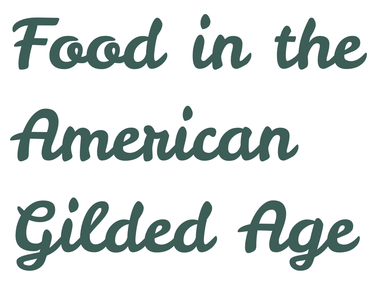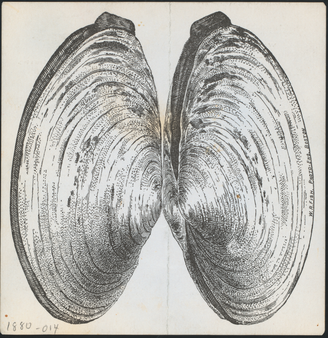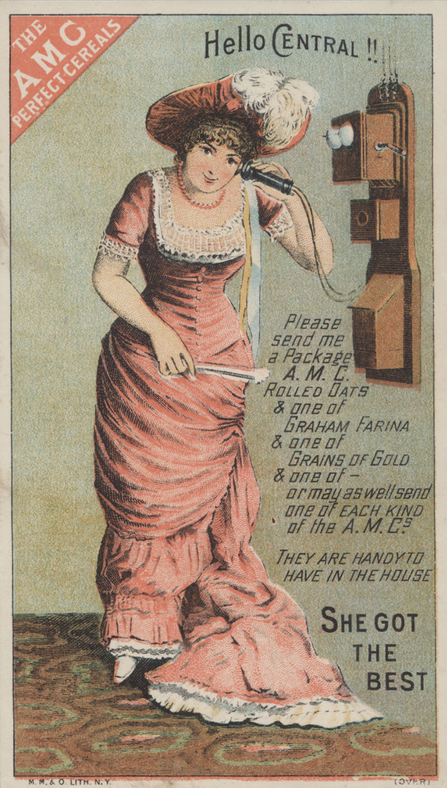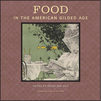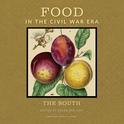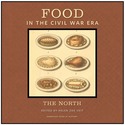
"This is an indispensable compendium by a respected scholar that should be essential reading for any student, no matter how well-versed in food history." — Andrew P. Haley, Associate Professor of American Cultural History, University of Southern Mississippi, and award-winning author of Turning the Tables: Restaurants and the Rise of the American Middle Class
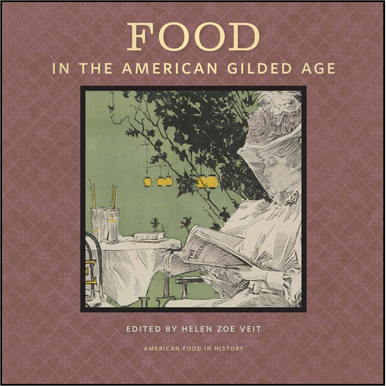
Food was incredibly diverse in Gilded Age America... It was an era of gross income inequality, and differences in diet reflected the deep disparities between upper and lower classes, as well as the expansion of a flourishing middle class. In this book, excerpts from a wide range of Gilded Age sources—from period cookbooks to advice manuals to dietary studies—reveal how jarringly eating and cooking differed between classes and regions at a time when technology and industrialization were transforming what and how people ate. Most of all, they show how strongly the fabled glitz of wealthy Americans in the Gilded Age contrasted with the lives of most Americans. Featuring a variety of sources as well as accessible essays putting those sources into context, this book provides a remarkable portrait of food in a singular era in American history, giving a glimpse into the kinds of meals eaten everywhere from high society banquets to the meanest tenements and sharecropping cabins.


